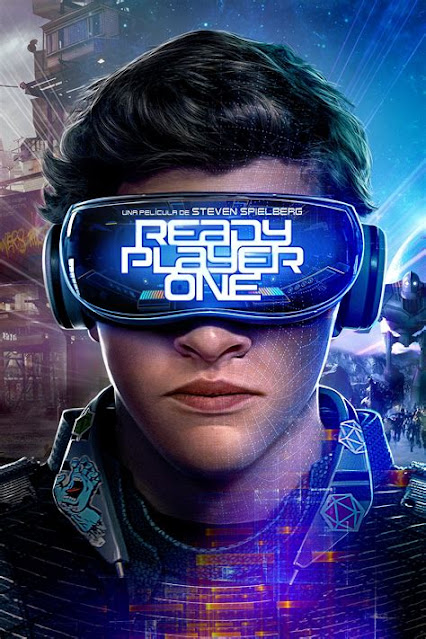
Managing finances effectively is a cornerstone of a stable and successful life. Whether you're just starting your financial journey or looking to refine your money habits, adopting key principles can significantly impact your financial health. Here is comprehensive financial advice covering budgeting, saving, investing, and planning for the future.
1. Create a Budget and Stick to It
Budgeting is the foundation of financial management. Start by tracking your income and expenses to understand where your money is going. Use the 50/30/20 rule as a guideline:
- 50% for necessities (housing, groceries, utilities).
- 30% for discretionary spending (entertainment, dining out).
- 20% for savings and debt repayment.
Use budgeting tools or apps to streamline the process. Regularly review your budget and adjust as your financial situation changes.
2. Build an Emergency Fund
Life is unpredictable, and having an emergency fund can protect you from unexpected financial shocks like medical bills or job loss. Aim to save at least 3–6 months’ worth of living expenses in a liquid, easily accessible account. Start small by setting aside a fixed amount each month until you reach your target.
3. Live Within Your Means
Avoid falling into the trap of lifestyle inflation, where increased income leads to higher expenses. Focus on needs over wants, and resist unnecessary splurges. A simple mantra is: “If you can’t afford to buy it twice, you can’t afford it.”
4. Eliminate and Avoid Bad Debt
Debt management is crucial for financial well-being. Prioritize paying off high-interest debt, such as credit card balances, before tackling lower-interest obligations like student loans. Strategies like the debt snowball (starting with the smallest debt) or debt avalanche (starting with the highest interest rate) can help you stay on track.
Once you’ve cleared your debts, use credit responsibly. Pay your balances in full each month to avoid interest and build a strong credit score.
5. Save for Retirement Early
The earlier you start saving for retirement, the more you benefit from compound interest, where your money earns returns on both the principal and the accumulated interest. Contribute to retirement accounts like an RRSP (Registered Retirement Savings Plan) or a TFSA (Tax-Free Savings Account) if you're in Canada. Take advantage of employer-sponsored plans and any matching contributions they offer.
6. Invest Wisely
Investing allows your money to grow over time, outpacing inflation. Start with diversified, low-cost options such as index funds or ETFs (Exchange-Traded Funds). Understand your risk tolerance and invest accordingly:
- Higher risk, higher reward: Stocks, for long-term goals.
- Lower risk, lower reward: Bonds or GICs (Guaranteed Investment Certificates) for short-term goals.
Educate yourself on investment basics or consult a financial advisor to craft a strategy tailored to your goals.
7. Automate Your Finances
Set up automatic transfers to savings, investments, and bill payments. Automation ensures consistency, helps you avoid missed payments, and minimizes the temptation to spend money meant for saving.
8. Diversify Income Sources
Relying solely on one source of income can be risky. Explore ways to diversify, such as freelance work, rental properties, or passive income streams like dividend-paying stocks. Having multiple income streams adds financial security.
9. Educate Yourself About Financial Literacy
Understanding personal finance empowers you to make informed decisions. Read books, listen to podcasts, or take courses on budgeting, investing, and retirement planning. Financial literacy helps you avoid common pitfalls and maximizes your potential for wealth growth.
10. Insure Against Risks
Protecting yourself from unexpected events is a critical component of financial planning. Invest in the right types of insurance:
- Health insurance for medical expenses.
- Life insurance to secure your family’s future.
- Home or renters insurance for property protection.
- Disability insurance in case you’re unable to work.
Choose policies tailored to your needs and review them regularly.
11. Plan for Taxes
Understanding tax obligations and planning for them can save you money. Maximize deductions and credits available to you and consider tax-efficient investments. Consulting with a tax professional ensures you’re taking full advantage of applicable benefits.
12. Set Financial Goals
Define short-term (e.g., buying a car), medium-term (e.g., saving for a home), and long-term (e.g., retirement) financial goals. Clear goals provide direction and motivation to stick to your financial plan.
13. Review and Adjust Regularly
Your financial situation and goals may evolve over time. Conduct annual reviews of your budget, savings, and investment strategies. Adjust as needed to stay aligned with your objectives.
14. Teach Financial Responsibility
If you have children, teach them the value of money early on. Encourage saving and budgeting habits to set them on a path to financial success.
15. Avoid Get-Rich-Quick Schemes
If it sounds too good to be true, it probably is. Be wary of high-risk ventures, unregulated investments, or promises of guaranteed returns. Focus on steady, long-term wealth-building strategies. Lottery Tickets are NOT an investment!
By adopting these financial practices, you can create a solid foundation for a secure future. Start small, remain consistent, and adapt your strategies to suit your evolving needs and aspirations. Financial success is a journey, not a destination.
Source: Some or all of the content was generated using an AI language model























